12 Days of Winter Activities for Young Children
November 24, 2025
Winter is right around the corner! Adapted from some great early childhood resources from Brookes, these 12 activities will help you occupy the cold months ahead, have fun with children, and boost their development at the same time.
 Create a snow scene from whipped cream or another nontoxic material. With these materials, children can safely fingerpaint on a tray without making too much of a mess. As you observe children or fingerpaint with them, describe the shifting patterns you see and encourage them to do the same: “Someone’s walking in the snow. Here come some footprints.” “Here comes a bunny—hop, hop, hop through the snow.”
Create a snow scene from whipped cream or another nontoxic material. With these materials, children can safely fingerpaint on a tray without making too much of a mess. As you observe children or fingerpaint with them, describe the shifting patterns you see and encourage them to do the same: “Someone’s walking in the snow. Here come some footprints.” “Here comes a bunny—hop, hop, hop through the snow.”
Helps kids develop: Fine motor skills, communication skills
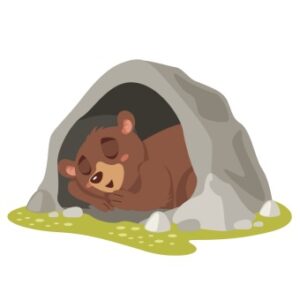 Breathe like a sleeping bear to help kids visualize and slow down their breathing. Tell children that bears hibernate or sleep in the winter in their cozy caves. Have kids pretend they are big bears sleeping in a cave for the winter, curled up and feeling comfy and relaxed. Guide children through this breathing exercise:
Breathe like a sleeping bear to help kids visualize and slow down their breathing. Tell children that bears hibernate or sleep in the winter in their cozy caves. Have kids pretend they are big bears sleeping in a cave for the winter, curled up and feeling comfy and relaxed. Guide children through this breathing exercise:
- SLOWLY breathe in as you count to four.
- SLOWLY breathe out as you count to four.
- Repeat two more times. Try to breathe in and out slower and slower each time.
- Enjoy the feeling of relaxation in your body and mind. When you wake up, you’ll be ready to go!
Helps kids develop: Social-emotional skills (self-regulation)
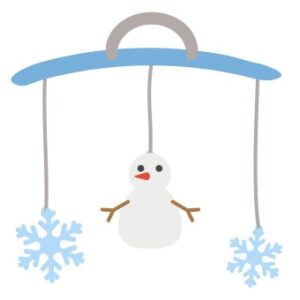 Make a winter mobile. Help children cut winter-themed pictures from old greeting cards, magazines, catalogs, calendars, and ads. Supervise pasting the materials onto construction paper or index cards and then using string or ribbon to hang the cards from a coat hanger. Talk with children about the images they selected, and help them find others that they would like to add. Hang the mobile in a place of honor in your classroom or home.
Make a winter mobile. Help children cut winter-themed pictures from old greeting cards, magazines, catalogs, calendars, and ads. Supervise pasting the materials onto construction paper or index cards and then using string or ribbon to hang the cards from a coat hanger. Talk with children about the images they selected, and help them find others that they would like to add. Hang the mobile in a place of honor in your classroom or home.
Helps kids develop: Fine motor skills, communication skills
 Add snow or ice to sensory play. During sensory activities, children act as scientists by exploring the environment around them through their senses, using complex thinking that requires them to observe, ask questions, describe, predict, and explore. Give sensory play a winter twist by putting snow or ice in the sensory table. Watch with children as water turns from a solid to a liquid, while encouraging and prompting children to ask questions and share predictions. (Always have children wash hands before and after water play.)
Add snow or ice to sensory play. During sensory activities, children act as scientists by exploring the environment around them through their senses, using complex thinking that requires them to observe, ask questions, describe, predict, and explore. Give sensory play a winter twist by putting snow or ice in the sensory table. Watch with children as water turns from a solid to a liquid, while encouraging and prompting children to ask questions and share predictions. (Always have children wash hands before and after water play.)
Helps kids develop: Communication and early science skills
 Give a favorite book as a special gift. Help a child select a special book to give as a gift to a family member or friend during the winter holidays. The gift should include a personal note about why the book is special or why it was chosen or created for the recipient. To make the gift even more special, include a recording of the child reading the story.
Give a favorite book as a special gift. Help a child select a special book to give as a gift to a family member or friend during the winter holidays. The gift should include a personal note about why the book is special or why it was chosen or created for the recipient. To make the gift even more special, include a recording of the child reading the story.
Helps kids develop: Social skills, early literacy skills
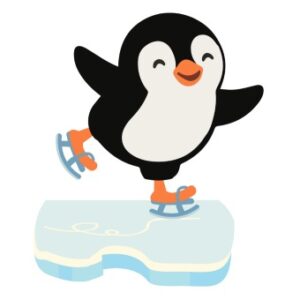 Bring winter fun to pretend play. Encourage kids to explore winter-themed scenarios with the addition of a few new props and materials. Children can make snowballs out of crushed newspapers, stuff white pillowcases with newspaper “snow” to make snowmen, pretend to ice skate by taking off their shoes and sliding on a large piece of plastic, or build a pretend campfire to get warm and make hot chocolate.
Bring winter fun to pretend play. Encourage kids to explore winter-themed scenarios with the addition of a few new props and materials. Children can make snowballs out of crushed newspapers, stuff white pillowcases with newspaper “snow” to make snowmen, pretend to ice skate by taking off their shoes and sliding on a large piece of plastic, or build a pretend campfire to get warm and make hot chocolate.
Helps kids develop: Social-communication skills, motor skills
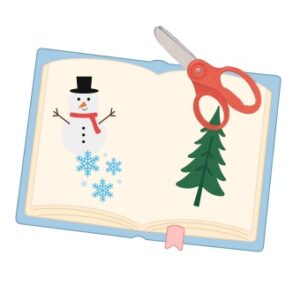 Make a winter storybook together. Invite children to make their own book about a favorite winter activity or memory. Fasten a few pieces of paper together with staples or yarn. Ask children to draw pictures or paste magazine photos to illustrate a story. Encourage them to tell you in their own words about the event they remember or enjoy, and help them write the words on each page.
Make a winter storybook together. Invite children to make their own book about a favorite winter activity or memory. Fasten a few pieces of paper together with staples or yarn. Ask children to draw pictures or paste magazine photos to illustrate a story. Encourage them to tell you in their own words about the event they remember or enjoy, and help them write the words on each page.
Helps kids develop: Early literacy skills, fine motor skills
 Invent your own board game. Begin by asking the child to choose a theme (a holiday-themed game might be fun, or a game based on the child’s favorite winter storybook). Sketch out a path and divide it into squares. Label the start and finish. The child can illustrate the rest of the board and label a few of the squares as special theme-related places. You can also write directions, such as “Go ahead 2,” “Go back 1,” “Take a card,” or “Take a short cut to the Snow Castle” on some of the individual squares. Make a deck of index cards with directions such as “Take a ride on the sled” or “You got lost in the woods. Miss one turn.” Players can use a die, spinner, or a flipped penny to move around the board.
Invent your own board game. Begin by asking the child to choose a theme (a holiday-themed game might be fun, or a game based on the child’s favorite winter storybook). Sketch out a path and divide it into squares. Label the start and finish. The child can illustrate the rest of the board and label a few of the squares as special theme-related places. You can also write directions, such as “Go ahead 2,” “Go back 1,” “Take a card,” or “Take a short cut to the Snow Castle” on some of the individual squares. Make a deck of index cards with directions such as “Take a ride on the sled” or “You got lost in the woods. Miss one turn.” Players can use a die, spinner, or a flipped penny to move around the board.
Helps kids develop: Motor skills, problem-solving skills, early math skills
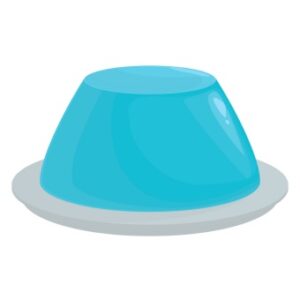 Make Jell-O together. Read the directions one step at a time and talk about each step. Talk about what happens as the powder dissolves and as the Jell-O cools and begins to set. Try making different colors and using winter-themed cookie cutters to cut out different shapes: snowmen, stars, pine trees. Make up names for your creations together.
Make Jell-O together. Read the directions one step at a time and talk about each step. Talk about what happens as the powder dissolves and as the Jell-O cools and begins to set. Try making different colors and using winter-themed cookie cutters to cut out different shapes: snowmen, stars, pine trees. Make up names for your creations together.
Helps kids develop: Language and problem-solving skills, early science concepts
 Set up an indoor snowball game. Cut a few 8- to 9-inch holes in a big piece of cardboard and decorate the cardboard to look like a tree or a snowman. Give children some “indoor snowballs” (beanbags or soft foam balls) and encourage them to throw the snowballs through the holes on the target. Have the child start very close to the target and then move back a few feet to make it a little more challenging. Show the child how to throw both underhand and overhand, and be sure to cheer when the snowballs hit their target!
Set up an indoor snowball game. Cut a few 8- to 9-inch holes in a big piece of cardboard and decorate the cardboard to look like a tree or a snowman. Give children some “indoor snowballs” (beanbags or soft foam balls) and encourage them to throw the snowballs through the holes on the target. Have the child start very close to the target and then move back a few feet to make it a little more challenging. Show the child how to throw both underhand and overhand, and be sure to cheer when the snowballs hit their target!
Helps kids develop: Gross motor skills
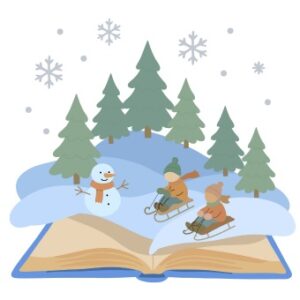 Share winter-themed books. Chilly days are made for cozy shared reading sessions—one of the single most important activities you can do with a young child. Not only is it a perfect way to bond and relax together, it also strengthens children’s communication and language skills and sets the stage for early literacy development. Choose a winter-themed book and engage children while you read: ask them what happened at the beginning, middle, and end of the story, or have the child act out the story with you and pretend to be different characters.
Share winter-themed books. Chilly days are made for cozy shared reading sessions—one of the single most important activities you can do with a young child. Not only is it a perfect way to bond and relax together, it also strengthens children’s communication and language skills and sets the stage for early literacy development. Choose a winter-themed book and engage children while you read: ask them what happened at the beginning, middle, and end of the story, or have the child act out the story with you and pretend to be different characters.
Helps kids develop: Communication and early literacy skills
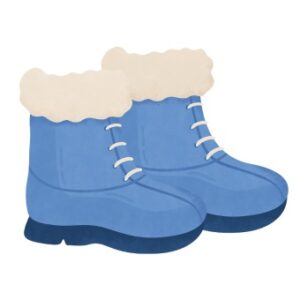 Have an outdoor adventure day. Outdoor activities are an ideal way to give children’s motor skills a pick-me-up. Bundle up for activities that involve both gross motor skills (running, hopping, sledding, throwing and catching snowballs) and fine motor skills (grasping tools, digging in snow, stacking stones or small snowballs). Try making an outdoor adventure path or obstacle course for children to follow, or go on a neighborhood nature walk or scavenger hunt.
Have an outdoor adventure day. Outdoor activities are an ideal way to give children’s motor skills a pick-me-up. Bundle up for activities that involve both gross motor skills (running, hopping, sledding, throwing and catching snowballs) and fine motor skills (grasping tools, digging in snow, stacking stones or small snowballs). Try making an outdoor adventure path or obstacle course for children to follow, or go on a neighborhood nature walk or scavenger hunt.
Helps kids develop: Motor skills
Have fun trying these and other activities with children during the chilly winter months. And if you have a favorite winter activity of your own, share it in the comments below!
P.S. Don’t forget that activities should be supervised at all times by an adult. Any material, food, or toy given to a young child should always be reviewed for safety first.
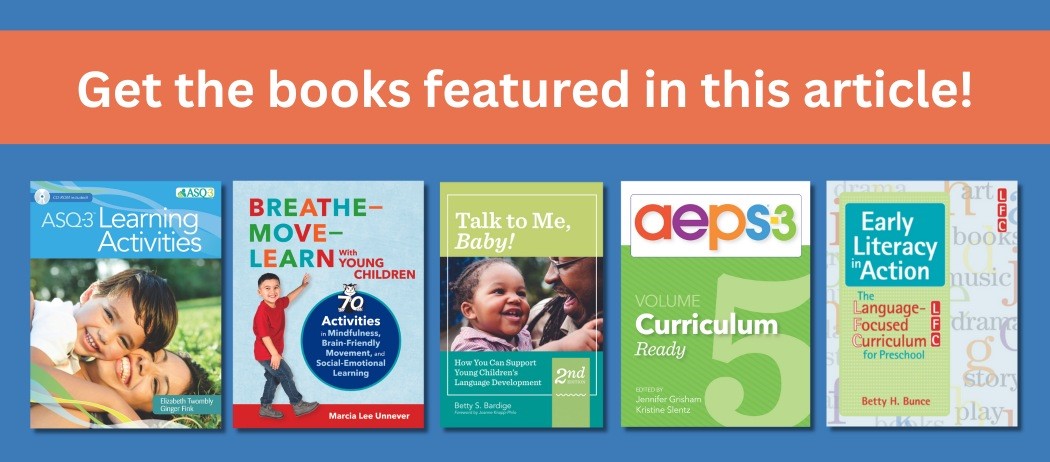
- Activities 1, 3, 5, 8, and 9 adapted from Talk to Me, Baby! by Betty Bardige
- Activity 2 adapted from Breathe–Move–Learn With Young Children by Marcia Lee Unnever
- Activity 4 adapted from Volume 5 of the AEPS®-3 Curriculum
- Activity 6 adapted from Early Literacy in Action by Betty H. Bunce
- Activities 7, 10-12 adapted from the ASQ-3 Learning Activities by Elizabeth Twombly and Ginger Fink

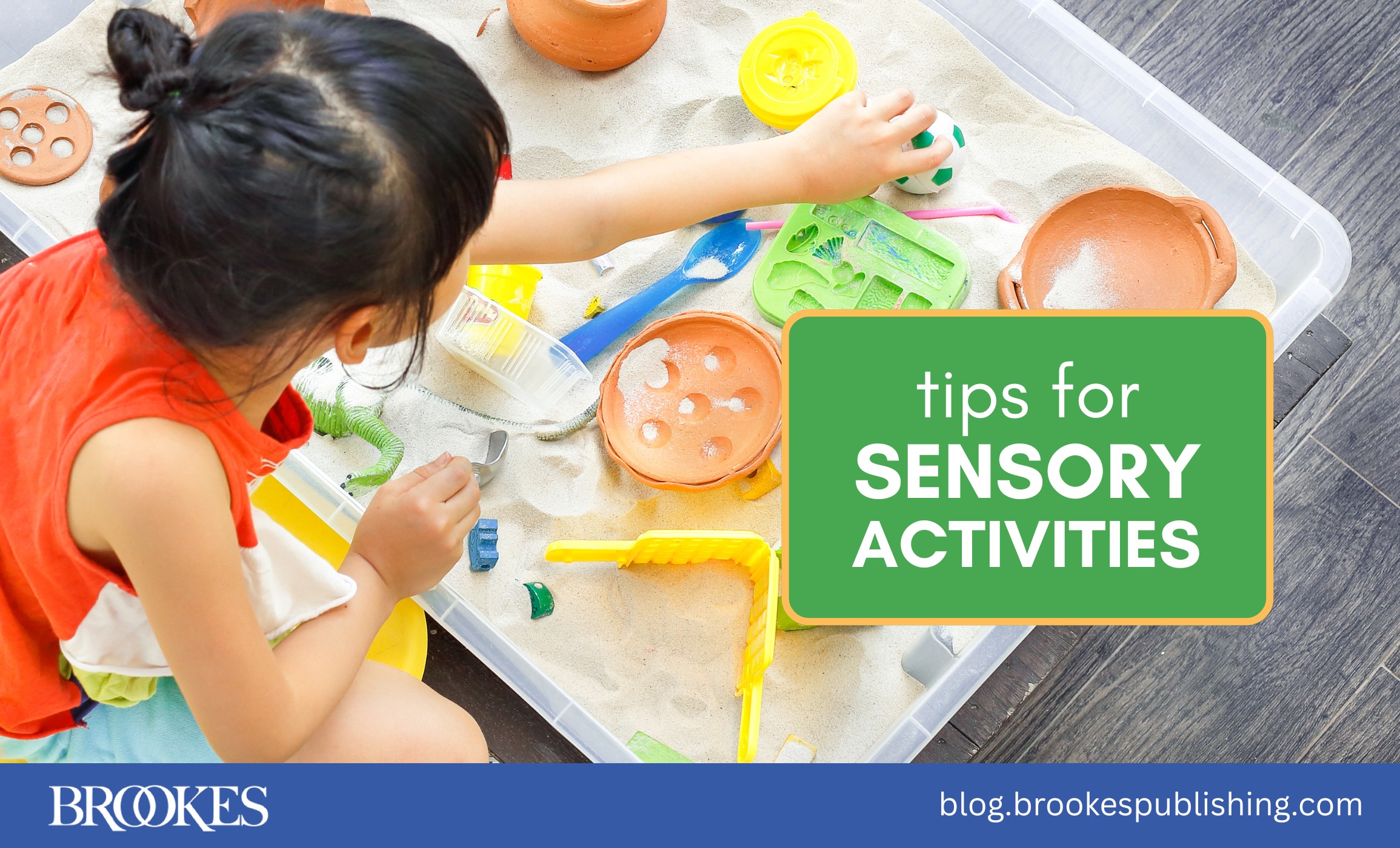
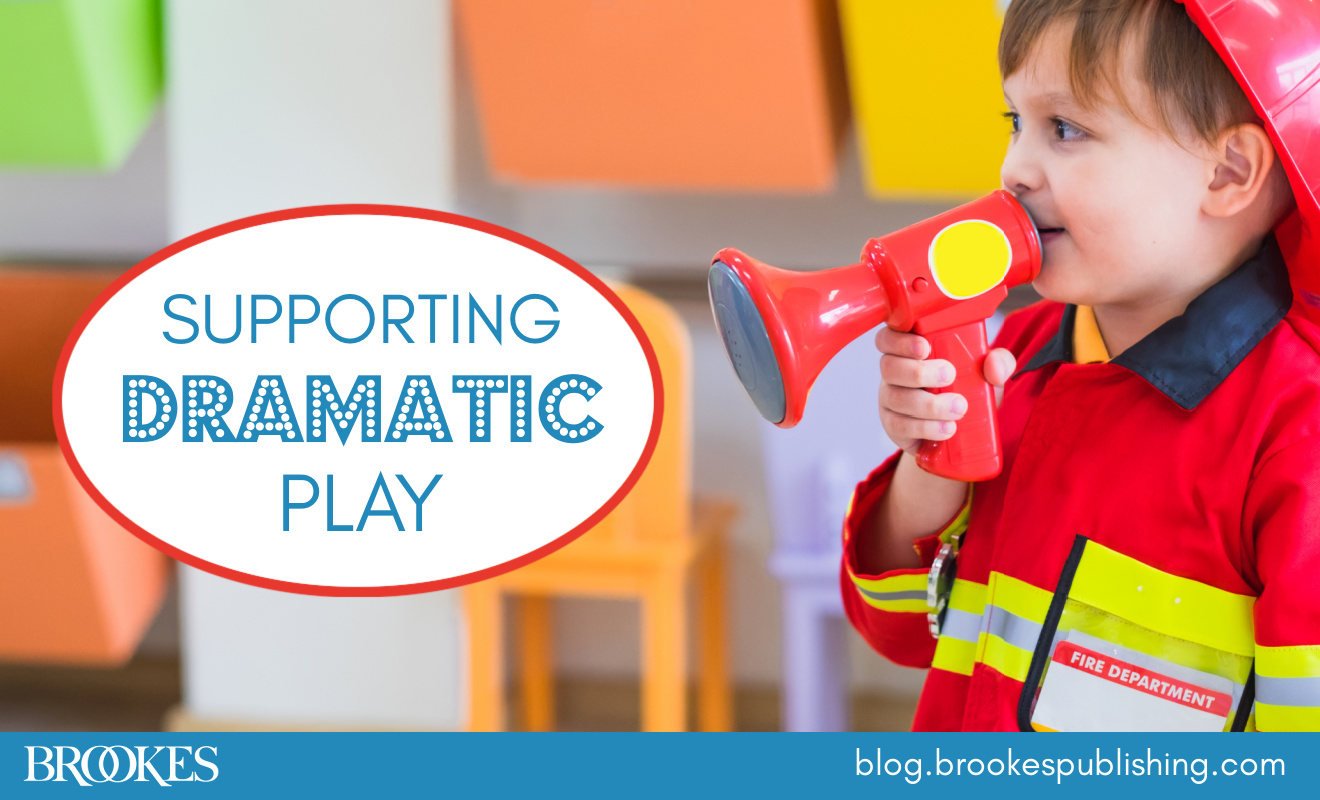
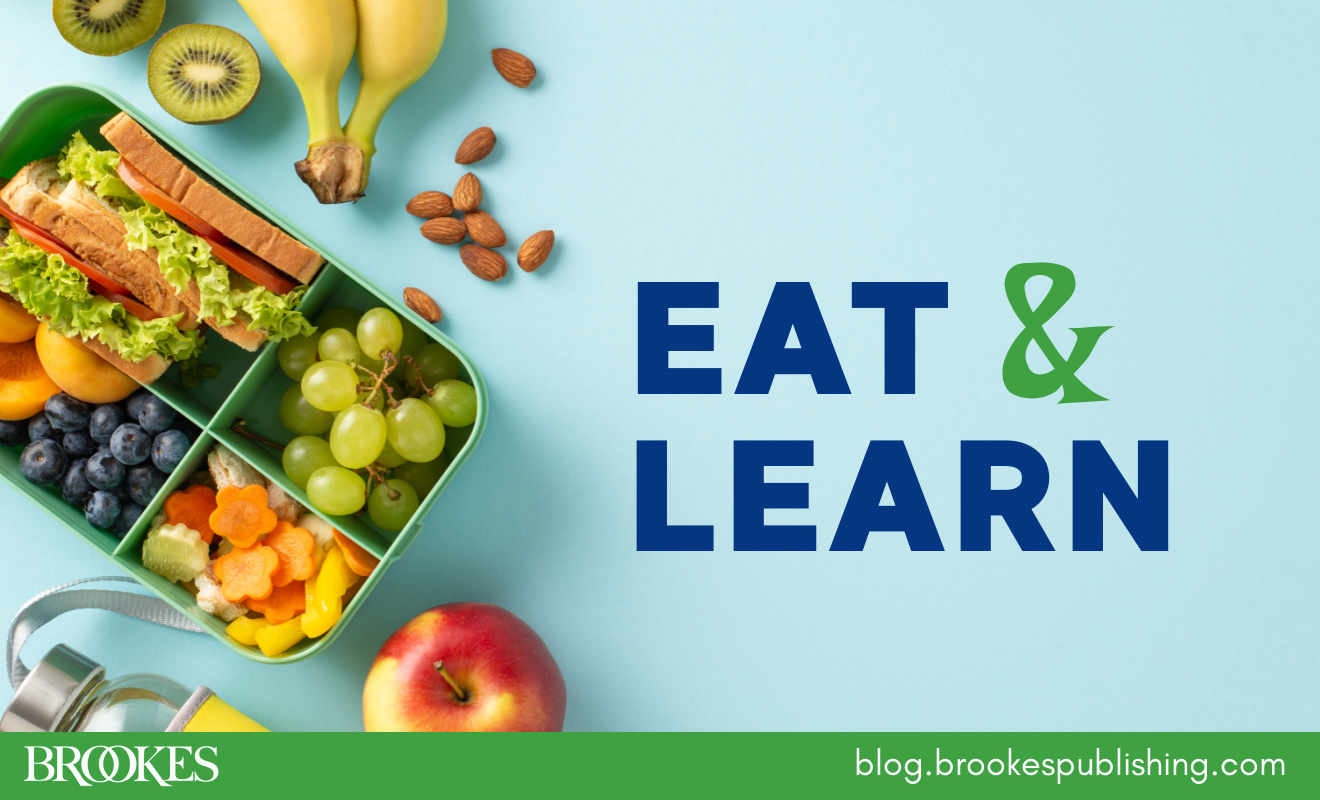
Write a Comment
Your email address will not be published. Required fields are marked *
Post a Comment